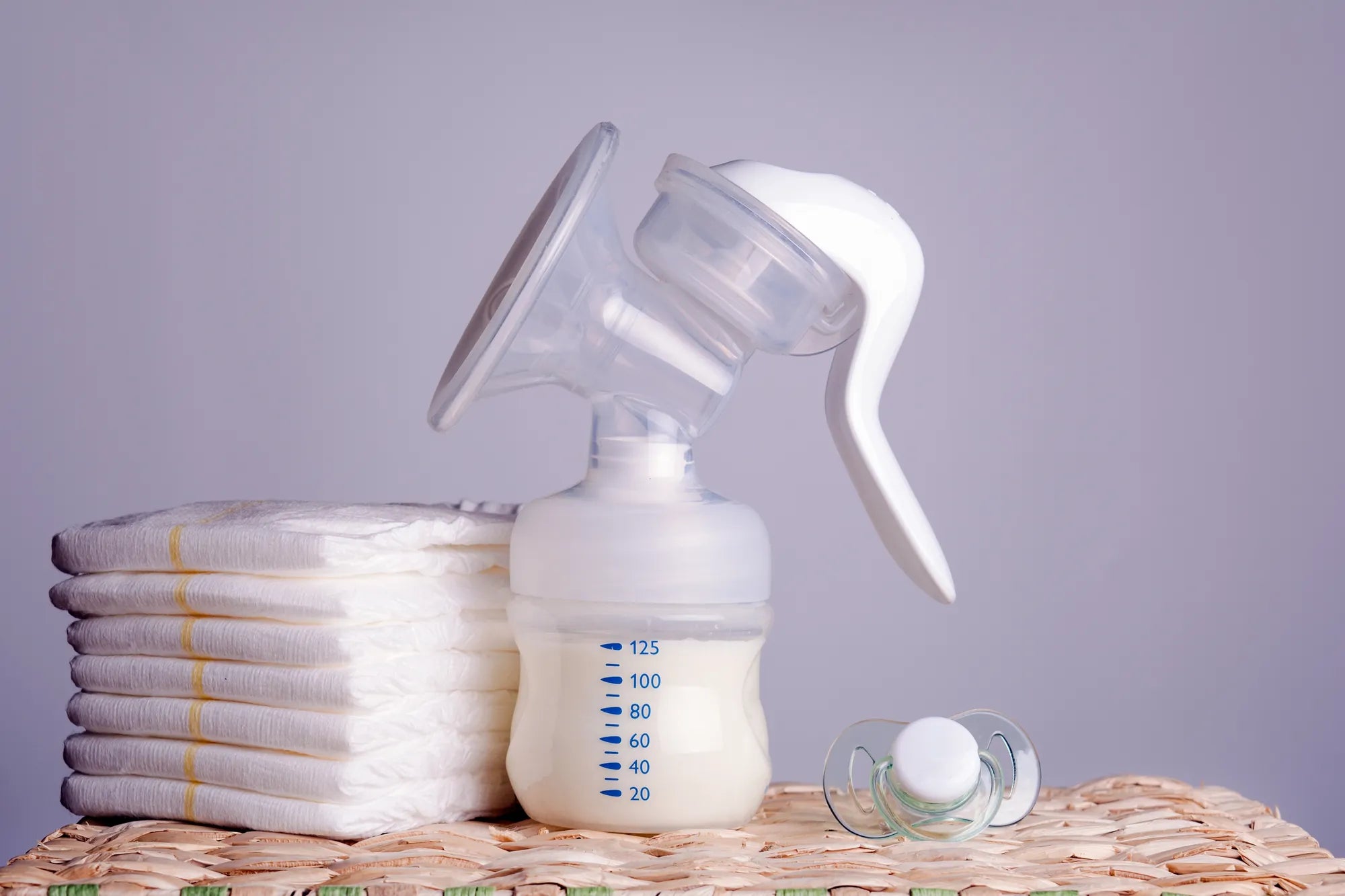Home
Pregnancy, Breastfeeding, and Pumping: The Ultimate Guide for Moms
Is Pumping Bad for Your Breasts? Exploring the Facts and Myths

Is Pumping Bad for Your Breasts? Exploring the Facts and Myths
Breast pumping has become an essential tool for many nursing mothers, offering flexibility and convenience in managing their breastfeeding journey. However, questions like 'Is pumping bad for your breasts?' often arise, leaving many women uncertain about its long-term effects. This article aims to explore the facts, debunk myths, and provide practical insights into breast pumping.
Understanding Breast Pumping
Breast pumping involves using a device to extract milk from the breasts, allowing mothers to store and feed their babies when direct breastfeeding isn't possible. It's a popular choice for working mothers, those with low milk supply, or those who need to relieve engorgement. But is it safe for your breasts?
The Benefits of Breast Pumping
Breast pumping offers numerous advantages, including:
- Flexibility: It allows mothers to maintain their milk supply while being away from their baby.
- Relief: Pumping can alleviate discomfort from engorgement or blocked ducts.
- Shared Feeding: It enables partners or caregivers to participate in feeding.
- Increased Milk Supply: Regular pumping can stimulate milk production.
Potential Risks and Concerns
While breast pumping is generally safe, improper use or overuse can lead to issues such as:
- Nipple Soreness: Incorrect flange size or excessive suction can cause pain and damage.
- Mastitis: Inadequate cleaning of pump parts or incomplete milk removal can increase infection risk.
- Breast Tissue Damage: Over-pumping or using high suction levels may harm delicate breast tissue.
Debunking Common Myths
Several misconceptions surround breast pumping. Let's address a few:
- Myth: Pumping reduces milk supply. Fact: Proper pumping can actually boost supply by stimulating milk production.
- Myth: Pumping causes sagging breasts. Fact: Breast sagging is more related to pregnancy, genetics, and aging than pumping.
- Myth: Pumping is painful. Fact: Pain is often a sign of improper technique or equipment.
Best Practices for Safe Pumping
To minimize risks and maximize benefits, follow these tips:
- Choose the right equipment: Ensure the flange size fits comfortably.
- Maintain hygiene: Clean pump parts thoroughly after each use.
- Pump in moderation: Avoid over-pumping to prevent tissue damage.
- Listen to your body: Stop if you experience pain or discomfort.
When to Seek Professional Help
If you notice persistent pain, swelling, or signs of infection, consult a lactation consultant or healthcare provider. They can assess your technique, equipment, and overall breast health to ensure safe pumping practices.
Breast pumping can be a valuable tool for nursing mothers, but it's essential to approach it with knowledge and care. By understanding the benefits, risks, and best practices, you can make informed decisions that support both your breastfeeding goals and breast health. Remember, every mother's journey is unique, so prioritize what works best for you and your baby.
Share


